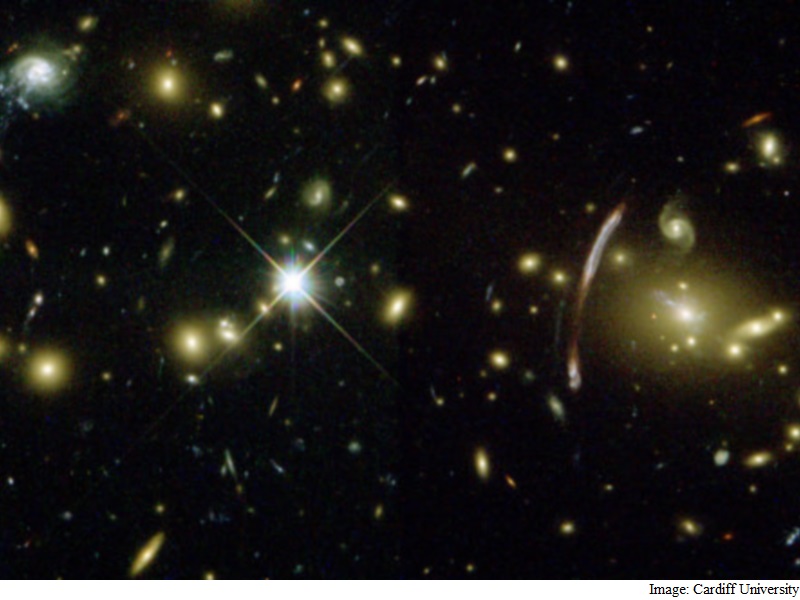
From round disks to oval clusters; many galaxies in the Universe have
undergone a dramatic transformation over the past eight billion years
or so, researchers reported on Thursday.
An international team
looked at data on some 10,000 of the billions of galaxies in the
observable Universe today, and then used the Hubble and Herschel
telescopes to peer back in time.
They found that 83 percent of
stars formed since the Big Bang about 13.7 billion years ago, were
initially grouped in flat, rotating, disc-shaped galaxies, according to a
statement from the Cardiff University’s School of Physics and
Astronomy, whose astronomers led the study.
“However, only 49
percent of stars that exist in the Universe today are located in these
disc-shaped galaxies, the remainder are located in oval-shaped
galaxies,” it said.
“The results suggest a massive transformation in which disc-shaped galaxies became oval-shaped galaxies.”
The bulk of stars in the Universe are thought to have been formed between 12 billion to eight billion years ago.
The
team offered two hypotheses oval galaxies may be formed when two
disc-shaped clusters move too close to one another and are merged by
gravity into a disorderly clump, or the stars in a round, flat galaxy
gradually migrate towards the centre to produce a disorderly, roughly
oval-shaped pile-up.
Such galactic shape-shifting had been
theorised before, said lead author Steve Eales. “But by combining
Herschel and Hubble, we have for the first time been able to accurately
measure the extent…
“Galaxies are the basic building blocks of
the Universe, so this metamorphosis really does represent one of the
most significant changes in its appearance and properties in the last
eight billion years,” he said.